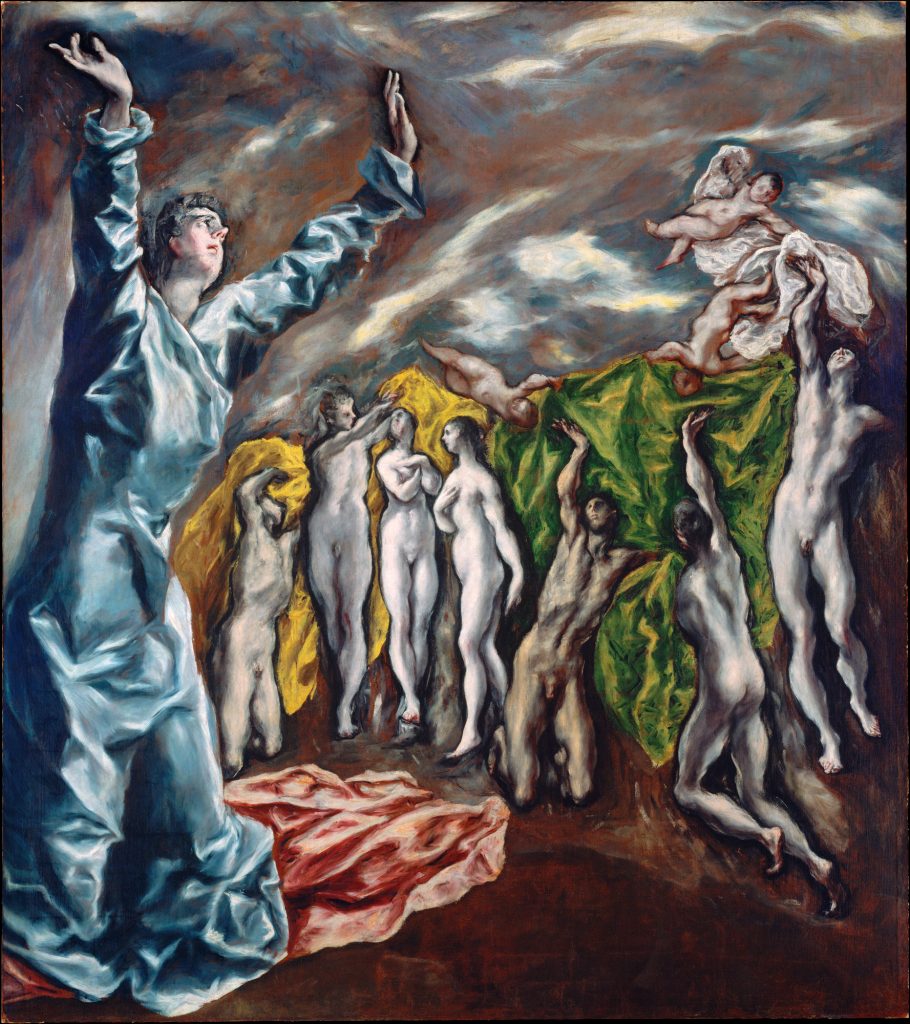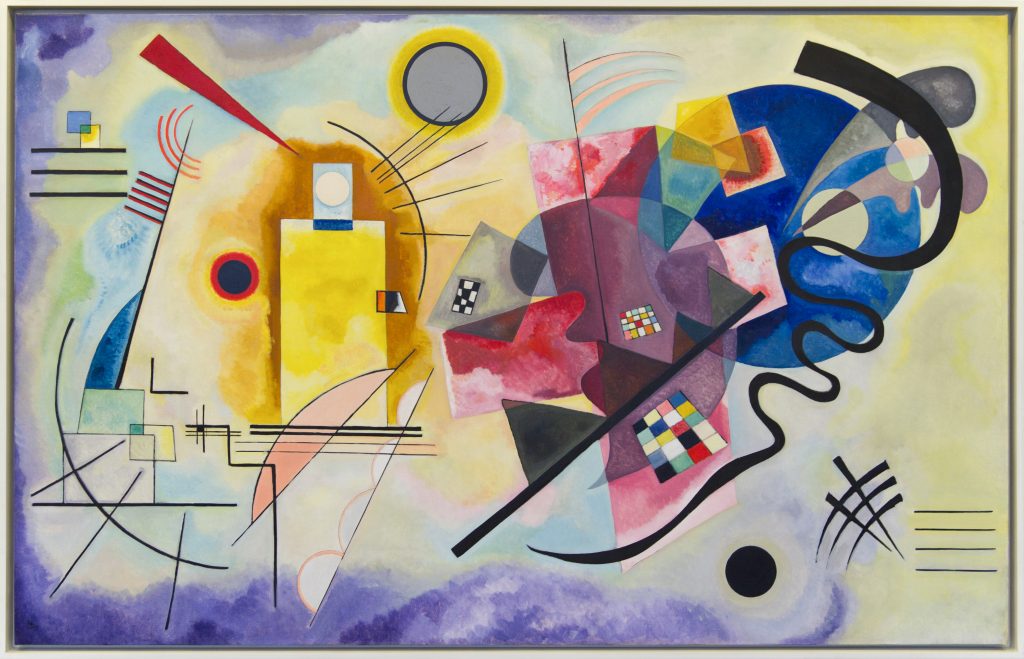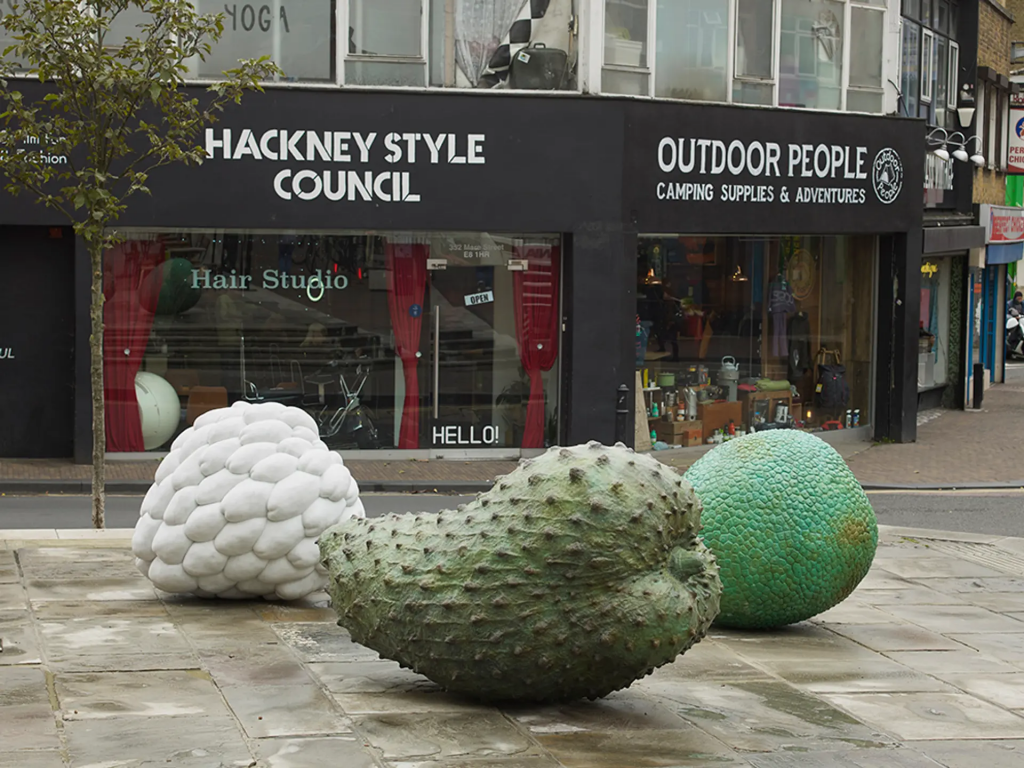Henri Rousseau in 10 Paintings: Like Nothing You’ve Seen Before
Henri Rousseau is one of the greatest self-taught artists in art history, known for his vivid depictions of subtropical landscapes. Discover the...
Marta Wiktoria Bryll 23 December 2024
As long as there have been artists, there have been migrant artists. Like anyone else, they’ve left their homeland and traveled abroad for many reasons: to get an education, to make a living, to find a better life, and to escape war and persecution. Here are some migrant stories that you might not expect.

El Greco (Doménikos Theotokópoulos), View of Toledo, c. 1599–1600, Metropolitan Museum of Art, New York City, NY, USA.
The clue is in the name. Doménikos Theotokópoulos might not sound familiar but he is universally known by the xenophobic nickname he was given after he settled in Spain: El Greco—the Greek. El Greco (1541–1614) was born on the Mediterranean island of Crete, then ruled by the Republic of Venice. He started his career working as an icon painter in the island’s Byzantine style, but like any aspiring artist, he wanted to broaden his education and his potential client base. At the age of 26, he moved first to Venice, then Rome, picking up influences along the way. In 1577, he went to Spain, settling in Toledo where he lived for the rest of his life.
El Greco made Spanish connections whilst in Rome and went with the aim of gaining the patronage of Philip II. Ultimately he failed: the Spanish king appeared not to like El Greco’s distinctive style. However, the artist seems to have genuinely liked the country. He found a group of supportive patrons in Toledo and built a successful career producing mainly religious art.

El Greco (Doménikos Theotokópoulos), The Vision of Saint John, c. 1608–1614, Metropolitan Museum of Art, New York City, NY, USA.
He never forgot his roots—he often signed his works Κρής (Ancient Greek for Cretan) and his brother visited him in Spain—but he never showed any desire to return to his homeland. Most importantly, his strange, elongated figures and unusual coloration show the continued influence of his early Byzantine-style training.
Artists have always followed the money. Even in the Medieval period, it was not uncommon for stonemasons to travel hundreds of miles at the request of patrons who wanted their particular skills. In the 16th century, Hans Holbein (1497–1543) left his family behind in Basel to come to England to find new patrons—he was so successful he never went back. In fact, foreign artists dominated English art until the 18th century, with a succession of immigrants including Anthony van Dyck and Peter Lely.

Lang Shining (Giuseppe Castiglione), Portrait of Emperor Qianlong, 1736, Palace Museum, Beijing, China.
Sofonisba Anguissola (1532–1625) also moved from Italy to Spain and became an official court artist. Two hundred years later, British artist Christina Robertson (1796–1854) established herself as a portraitist at the Russian court—she settled in St Petersburg. Others traveled even further afield: Giuseppe Castiglione (1688—1766) went to China as a Jesuit missionary in 1715 and stayed for the rest of his life. He took a Chinese name—Lang Shining—and carved out a career as an artist who combined European and local styles.

Francisco Goya, The Bullfight, Suerte de Varas, 1824, Getty Center, Los Angeles, CA, USA.
Francisco Goya (1746–1828) was an outspoken artist, and he lived through turbulent times of war, revolution, and political upheaval. Even as a court painter to the Spanish royal family, he seemed to push his luck with far-from-flattering portraits and prints that parodied religious superstition and aristocratic folly. Goya survived the Napoleonic invasion and the restoration of the monarchy in 1814, but after the failed revolution of 1820–1823, he became increasingly concerned about his safety.
In 1824, he traveled to France to take the waters for his health and decided it was safer not to return. He spent the last four years of his life in exile in Bordeaux, where there was a large community of political refugees. By this time, Goya was deaf and ill: he had famously covered the walls of his home in Spain with Black Paintings. Yet, in Bordeaux he continued to push his art forward, producing his first lithographs. These were of bullfighting, perhaps a sign of his regret at having to leave Spain and his continued love for his homeland.
The period that Goya lived through was a particularly tumultuous one and he wasn’t the only one that found himself himself on the wrong side of politics. Élisabeth Vigée Le Brun (1755–1842) was forced to leave France in 1789 and spent 12 years in exile during the French Revolution because of her close association with the royal court. During the Franco-Prussian War of 1870, Claude Monet (1840–1926) and Camille Pissarro (1830–1903) both sought temporary refuge in London. Monet later returned to paint views of the Thames. Pissarro’s son, Lucien, would later make Britain his home.

Wassily Kandinsky, Yellow-Red-Blue (Gelb-Rot-Blau), 1925, Musée National d’Art Moderne, Centre Pompidou, Paris, France.
Sculptor Jules Dalou (1838–1902) supported the Paris Commune in 1870. He spent eight years in exile in London having been convicted and sentenced to hard labor for his role in the uprising. During that time he taught at the South Kensington Art School, where he influenced a generation of British sculptors. In 1922, Wassily Kandinsky (1886–1944) found his interest in abstraction was increasingly out of step with the Russian authorities. He took up the offer of a teaching position at Bauhaus, in Germany, where he stayed until the school was closed by the Nazi government.

Gwen John, A Corner of The Artist’s Room in Paris, 1907–1909, National Museum, Cardiff, Wales.
In 1904, Gwen John (1876–1939) set sail for France. Welsh-born, she had already traveled to London to train as an artist at the Slade, living a Bohemian life in the capital alongside her brother and fellow artist, Augustus. Now she was branching out on her own, looking for more independence and freedom in the center of the contemporary art world.
She introduced herself to Auguste Rodin (1840–1917), offering to be a model for him and eventually having a passionate affair with the sculptor which lasted for years. She converted to Catholicism, another sign of her break with her past. She continued to live in France even during the First World War when Paris was bombarded. During all this time, although she continued to send work back to London, she never gave any indication of wanting to return to England. She died in France.
Gwen John (1876–1939) emigrated to find the freedom she thought she was lacking in Britain—partly because she found it difficult to be seen for herself, rather than as simply the sister of Augustus; and partly because French art schools had a reputation for allowing women greater access to life models. Impressionist Paris had been a magnet for women artists, including Mary Cassatt, Anna Ancher, and Maria Bashkirtseff.

Edmonia Lewis, The Death of Cleopatra, 1876, Smithsonian American Art Museum, Washington, DC, USA.
A similar expat group existed in Rome centered on the studio of Harriet Hosmer (1830–1908), the American sculptor. They included Edmonia Lewis (1844–1907) who came to Europe to escape not only misogyny but also the racial prejudice that had dogged her career in America.

Piet Mondrian, Broadway Boogie Woogie, 1942–1943, Museum of Modern Art, New York City, NY, USA.
Piet Mondrian (1872–1944) was a migrant long before war came. Born in Holland he was, like so many other artists, lured to Paris as a young man and after the end of the First World War settled permanently in the French capital. On the brink of the Second World War, he went first to London, then, as the situation in Europe worsened, to the United States. He would spend the last years of his life in New York.
The impact of this new, exciting city was immediate and striking. For 20 years, Mondrian had systematically pursued his characteristic mature style—primary colors within a grid. Now, he created more intricate lattice structures which gave a sense of depth, movement, and complexity. Broadway Boogie Woogie, with its evocative musical title and pulsing rhythm, suggests sound, bustling activity, and excitement.
Mondrian was at the end of his career in 1939 but other artists who fled mainland Europe did so as children. Lucian Freud (1922–2011) came to the UK with his family in 1933 to escape increased anti-Jewish sentiment in Germany. Frank Auerbach (1931–2024) arrived at the age of eight, never to see his parents again. Both would go on to become successful British-based artists. Other artists like Marc Chagall and Max Ernst, who both fled to the US, returned to Europe after the war ended.

Mark Rothko, Untitled (Violet, Black, Orange, Yellow on White and Red), 1949, Solomon R. Guggenheim Museum, New York City, NY, USA.
Many future artists left Europe in the years before the war, part of a wave of immigration into the United States. Mark Rothko (1903–1970) arrived with his family at the age of 10; Arshile Gorky (1904–1948) arrived with his mother and sisters at 16, a refugee from the Armenian Genocide; Willem de Kooning (1904–1997) came as a stowaway from the Netherlands in 1926. Others like Lee Krasner (1908–1984) were first-generation Americans, born to immigrant parents. It was thanks to artists like these that the United States became an artistic powerhouse in the aftermath of the Second World War.

Veronica Ryan OBE, Custard Apple (Annonaceae), Breadfruit (Moraceae), and Soursop (Annonaceae) (2021). Courtesy the artist, Paula Cooper Gallery and Alison Jacques. Photo: Andy Keate, 2021.
Veronica Ryan (1956–) was born in Montserrat, at the time a British colony, now an overseas territory in the Caribbean. She moved to the UK with her parents when she was a baby, studied in London, and now divides her time between Britain and the United States.
In 2021 her sculpture of three large Caribbean fruits was unveiled in London in honor of the so-called “Windrush generation,” when the British government encouraged immigration from Commonwealth countries to help with labor shortages after the Second World War. Using marble and bronze, Ryan monumentalizes everyday food stuffs her mother used to seek out at the Ridley Road market. Reimagined as a public sculpture in the middle of a multicultural London borough, these ordinary fruits symbolize the presence, permanence, and impact of people once seen as foreign.
Today we live in a global world. Travel and migration have never been easier and yet increasingly migrants are treated with suspicion or even hate. Yet the history of art shows the huge benefits gained by people leaving their homeland and finding education, employment, and inspiration overseas. It also shows that if artists had not been accepted into countries and communities as refugees they, and the art they produced, may not have survived at all. Some of the most famous artists have been migrants. Migration has created some of the world’s greatest art.
DailyArt Magazine needs your support. Every contribution, however big or small, is very valuable for our future. Thanks to it, we will be able to sustain and grow the Magazine. Thank you for your help!